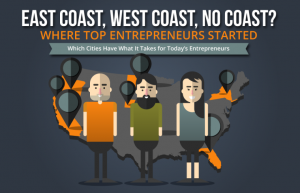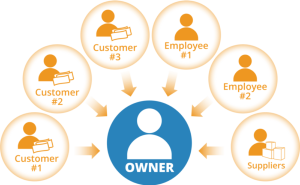— July 19, 2019
The skills gap is here, and it is a pressing issue. Whether its cause is generational, educational, experiential, or a mix of all of the above, employers are contending with shrinking labor pools, expanded competition for top talent, and high turnover — it’s time to revisit the quality of the learning and development (L&D) environment.
Traditional Learning Management Systems Don’t Bring Enough Value
In a recent survey, Aberdeen found that Best-in-Class companies are 3.4x more likely than All Others to use a traditional learning management system (LMS). 46% of managers and HR professionals think that the traditional LMS contributes the most value toward developing the skills they need from the workforce.
Meanwhile, 80% of managers and HR professionals contend that they still cannot overcome internal skills gaps, 69% lament low or declining productivity, and 67% report that they are unable to meet internal financial and performance objectives.
Let’s just stop and contemplate this for a moment: If the LMS is so functional, then why is the workforce metric case is so bad?
Investing in Talent Acquisition vs. Talent Management
Aberdeen has reported time and again that the average employee today is looking for career opportunities beyond simply filling a role. On the other hand, managers generally want the same commitment from employees, despite c-suite calls to cut labor costs looming overhead.
The average HR and departmental management professional is well aware that a slightly higher initial investment in retaining an employee up front pays out more in the long run by retaining experiential skills and eliminating the constant need to acquire and train new talent. However, one of the biggest challenges is that management often can’t get the L&D environment quite right. In fact, the average management team assessed in Aberdeen’s data is so focused on resolving short-term problems that, within broad-based talent placement, talent acquisition spend outpaces talent management spend by a factor of up to 2 to 1.
What this means is that, just like consumer subscription businesses (cable companies, cell-phone service providers, etc.), the average employer spends most of their time wooing net-new employees instead of significantly investing in the retention of the employees they already have. As a result, employers lose the net financial benefits of stemming outflow while acquiring new talent.
It’s Time to Focus on Personal Employee Development
The L&D environment is the primary resource that both candidates and employees look to when they try to understand the kind of investment an employer will make in their personal development.
If the L&D environment is lacking, disruptive, antiquated, or isolated, candidates may join. Regardless, employees will most surely leave in an undesirable timeframe unless, for some reason, employee advancement is tied to something other than measurable growth or performance — and we all know that constitutes a whole other problem. (Really, you needed to resolve non-performance-based advancement (July 21, 2019) — this article will still be here when you get back.)
Getting to a winning situation with the L&D environment requires a few more modern resources integrated with some promising old ones to drive productivity gains, improve revenue potential, increase tenure, and close emerging skills gaps. At the top of the list, consider the options to:
- Streamline early learning in on-boarding
- Implement career and content analytics to personalize learning tracks based on L&D system engagement
- Offer micro-learning and integrating it into compensation advancement considerations
- Renovate in-person training
- Use analytics to improve peer-to-peer and mentorship training
- Integrate performance data into the L&D analytics case to drive relevant content and programming to the right employees at the optimal time
- Use learning time and attendance to understand how content and programs are being consumed and translate that into resource optimization in deployment
Business & Finance Articles on Business 2 Community
(30)
Report Post







